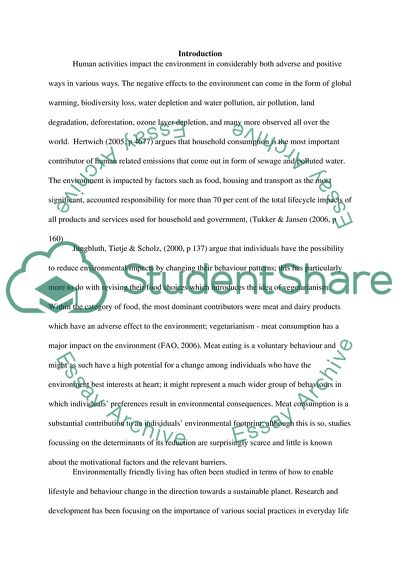Cite this document
(Vegetarianism in Sustainability of Our Planet Research Paper, n.d.)
Vegetarianism in Sustainability of Our Planet Research Paper. Retrieved from https://studentshare.org/environmental-studies/1823546-will-vegetarianism-help-in-the-sustainability-of-our-planet
Vegetarianism in Sustainability of Our Planet Research Paper. Retrieved from https://studentshare.org/environmental-studies/1823546-will-vegetarianism-help-in-the-sustainability-of-our-planet
(Vegetarianism in Sustainability of Our Planet Research Paper)
Vegetarianism in Sustainability of Our Planet Research Paper. https://studentshare.org/environmental-studies/1823546-will-vegetarianism-help-in-the-sustainability-of-our-planet.
Vegetarianism in Sustainability of Our Planet Research Paper. https://studentshare.org/environmental-studies/1823546-will-vegetarianism-help-in-the-sustainability-of-our-planet.
“Vegetarianism in Sustainability of Our Planet Research Paper”, n.d. https://studentshare.org/environmental-studies/1823546-will-vegetarianism-help-in-the-sustainability-of-our-planet.


